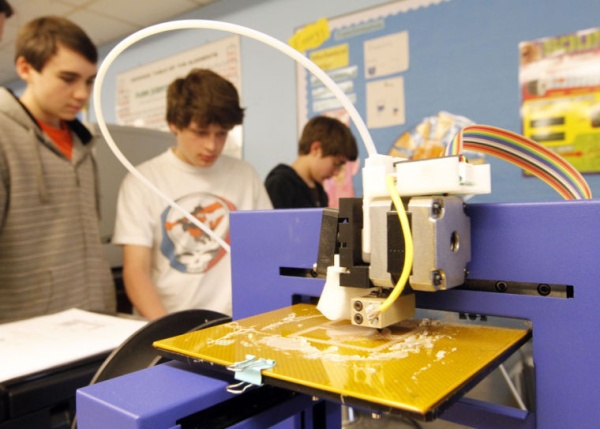Assignment #2 - Paul Loder
"If we teach today as we taught yesterday, we rob our children of tomorrow." -John Dewey
1) BYOD
BYOD (Bring Your Own Device) or BYOT (Bring Your Own Technology) is gaining popularity in many schools as a way of increasing access to classroom technology without the costly burden of purchasing a device for each student. It acknowledges the reality that many students — even those in relatively low-income communities — have ready access to educationally-valuable technology that, until recently, they were forced to turn off when they entered the school building. These devices included everything from laptops, tablets to smartphones.BYOD classrooms can address a number of issues. It can solve the problem of not having enough (or any) devices for your classroom. It can enable students to do web-based work when they might not have otherwise been able to. It can allow them to do work on the same device at home and at school.
I have encouraged students in my program to BYOD to the classroom for a number of reasons, for example, all my networking students are using their devices even their smartphones in storing and viewing their digital textbooks, they like the idea that their textbooks are accessible all the time. Furthermore, I use SharePoint services in my classroom domain for assigning and receiving Assignments, adding important calender events and sharing networking resources. Students are able to use their own devices to connect to these resources via a website therefore allowing for greater interactivity.
However their are obvious obstacles as well, one of the issues that I have experienced is that since students come in with different devices that run on different platforms, finding apps and tools that work across a wide array of devices is a necessary evil.
Here is an video to show how students can use BYOD:
(Full screen recommended)
Lepi,K.(2013,November 7).30 Apps Perfect for BYOD Classrooms.Retrieved September 29,2014 from Edudemic.com:http://www.edudemic.com/byod-apps-symbaloo/
Richea,J.(2014,January 29).10 Ways Students Can BYOD.Retrieved September 29,2014 from Youtube.com:https://www.Youtube.com/watch?v=2bdv9bq81x4

